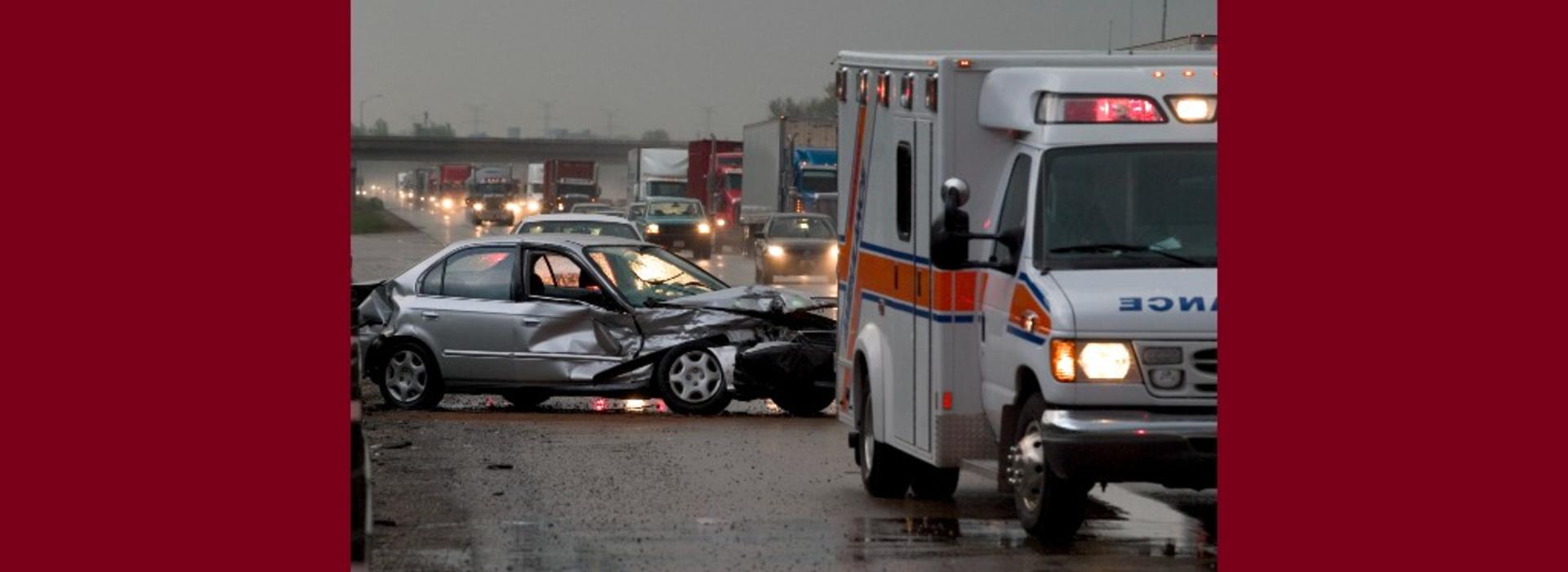
New partnership to implement and evaluate the efficacy of EMS telemedicine program in Greater Minnesota
MINNEAPOLIS/ST. PAUL (09/19/2024) — The University of Minnesota Translational Center for Resuscitative Trauma Care will partner with organizations across the state to improve health outcomes and reduce roadway fatalities for rural Minnesota residents thanks to a 5-year, $9.9 million grant from the National Highway Traffic Safety Administration.
The new project — called Southwest Minnesota Advancing Remote Tele-EMS (SMART- EMS) — will implement a regional system to provide immediate access to expert emergency trauma support via telehealth for critically ill and injured patients in a population disproportionately impacted by long distances to trauma care. EMS providers will be able to connect with an expert team using an audio/visual feed in the ambulance.
The U of M’s research team will evaluate the efficacy of the telemedicine program by analyzing patient outcomes, emergency personnel usage and satisfaction.
“It’s critical to understand the effects of this innovative technology on outcomes for our patients in order to improve the lives of people in rural Minnesota,” said Greg Beilman, MD, director of Translational Center for Resuscitative Trauma Care and associate dean of DoD research and partnerships at the U of M Medical School. “We expect the data we collect to illustrate that beginning interventions early during patient transport, especially in a rural setting, will lead to improved outcomes for patients.”
This project provides 54 EMS agencies access to Avel eCare Tele-EMS services, which allows certified physicians, paramedics, and nurses to instruct, advise and coordinate patient care — ultimately improving and expediting post-crash care in an area with no Level I or II Trauma Centers. This work will complement efforts aimed at education for safer people, and projects to support safer speeds.
"Treatment doesn't start when patients arrive at the hospital, but at the first contact with emergency services. In a region where it can take up to 25 minutes for an ambulance to arrive on the scene and another 60 minutes to drive to the nearest hospital, telemedicine can speed access to post-crash care during the critical Golden Hour in medicine, when the patient's chances of survival are greatest," said Rebecca Vande Kieft, VP and General Manager of Emergency Services at Avel eCare.
"Funding for this program will significantly enhance our ability to provide life-saving trauma care and help reduce traffic fatalities in rural communities. By partnering with experts from Avel eCare, we can ensure that our EMS teams, no matter how rural, can connect immediately with experienced providers to receive guidance enroute to one of our 27 area hospitals – none of which are Level I or II Trauma Centers," said Ann Jenson, Executive Director, Southwest Minnesota EMS Corporation.
Project collaborators include SW EMS, Avel eCare, Southwest Minnesota Toward Zero Deaths (TZD) Coalition and the statewide Minnesota TZD Program under the Minnesota Department of Transportation. Additional partners include Minnesota State Patrol, Minnesota Department of Transportation, the Association of Minnesota Counties and Minnesota Sheriffs Association.
The program aims to launch by winter 2025.
###
About the University of Minnesota Medical School
The University of Minnesota Medical School is at the forefront of learning and discovery, transforming medical care and educating the next generation of physicians. Our graduates and faculty produce high-impact biomedical research and advance the practice of medicine. We acknowledge that the U of M Medical School is located on traditional, ancestral, and contemporary lands of the Dakota and the Ojibwe, and scores of other Indigenous people, and we affirm our commitment to tribal communities and their sovereignty as we seek to improve and strengthen our relations with tribal nations. For more information about the U of M Medical School, please visit med.umn.edu.